Baltimore
11/20/2024
Welcome! This page offers access to the digital Baltimore program and contextual information to deepen your understanding of the play. We invite you to read more about historical and cultural events and people referenced in Baltimore and to reflect on the play’s relevance to our campus community.
photo credits: Nick Caito
Baltimore Program
CLICK HERE (or above) to view the digital flipbook of the show program,
or open a downloadable copy HERE.
Black Panther Party (1966-1982)
Emerging in response to police brutality, the Black Panther Party advocated for self-defense and community programs like free breakfasts for children and healthcare. They symbolized the frustration with slow progress and systemic oppression.
Black Power Movement (1960s-1970s)
Advocated by figures like Stokely Carmichael, this movement emphasized pride in Black identity, economic empowerment, and self-determination. It marked a shift from nonviolence to confronting systemic inequities with forceful rhetoric and action when necessary.
Contemporary Events and Figures
“Baltimore” connects deeply to recent events of racial injustice, particularly the deaths of unarmed Black Americans at the hands of police or vigilantes, which sparked the Black Lives Matter (BLM) movement. These incidents highlight systemic racism and mirror the play’s exploration of privilege, anti-Black racism, and the impact of social justice movements.
- Trayvon Martin (2012):
A 17-year-old shot and killed by a neighborhood watch volunteer, Trayvon’s death and the acquittal of his killer ignited national debates about racial profiling and self-defense laws. His death was a catalyst for the creation of BLM. - Michael Brown (2014):
Brown, an unarmed 18-year-old, was fatally shot by a police officer in Ferguson, Missouri. His death led to widespread protests and brought attention to the militarization of police. - Tamir Rice (2014):
A 12-year-old boy holding a toy gun was shot by police in Cleveland, Ohio. His death underscored how Black children are often perceived as threats, fueling outrage over racial biases in policing. - Freddie Gray (2015):
Gray suffered fatal injuries while in police custody in Baltimore, Maryland. His death sparked protests and riots in the city, drawing attention to systemic issues in the criminal justice system. - Sandra Bland (2015):
Bland was arrested after a minor traffic violation in Texas and later found dead in her jail cell. Her death raised questions about police mistreatment and systemic racism, particularly toward Black women.

Incident
by Countee Cullen
(For Eric Walrond)
Once riding in old Baltimore,
Heart-filled, head-filled with glee,
I saw a Baltimorean
Keep looking straight at me.
Now I was eight and very small,
And he was no whit bigger,
And so I smiled, but he poked out
His tongue, and called me, “Nigger.”
I saw the whole of Baltimore
From May until December;
Of all the things that happened there
That’s all that I remember.
Copyright Credit: Countee Cullen, “Incident”
from My Soul’s High Song: The Collected Writings of Countee Cullen (Anchor Books, 1991).
Copyrights held by the Amistad Research Center, Tulane University,
administered by Thompson and Thompson, Brooklyn, NY.
Trinity’s Past Incidents
While Baltimore delves into the complex issues of racism on college campuses, its themes resonate deeply with our own community at Trinity, where similar incidents have occurred. We invite you to reflect on these events that have taken place in the shared spaces of our campus. Baltimore‘s powerful story, written in 2016, remains profoundly relevant to our lives today, reminding us of the ongoing importance of addressing racism and fostering meaningful dialogue.
- College Administration Responds to Racial Incident in Residence Hall; Students Want Accountability (Tripod, March 29, 2021)
- Trinity College Extremely Disappointed Following Racist Incident on Instagram (NBC Connecticut, June 21, 2020)
- Hate Crimes at Trinity College (Color and Money, a Trinity College first-year seminar on race and social class with Professor Jack Dougherty, December 6, 2011)
- An Inward Look at Racial Tension at Trinity College (New York Times, December 18, 2006)
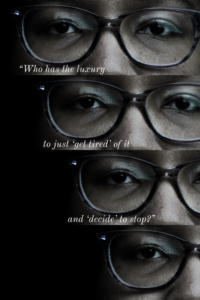 |
 |
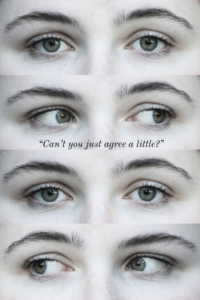 |
 |
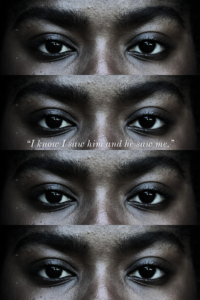 |
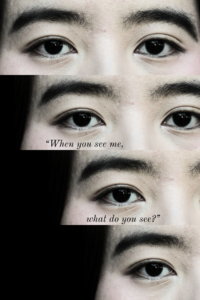 |
 |
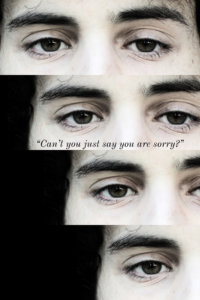 |
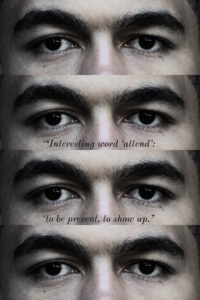 |
